Musikalisches Kartenspiel
Facsimile of Dondorf’s “Musikalisches Kartenspiel” (c.1862) published by Lo Scarabeo, 2004
Musical playing cards were popular since the 18th century, and dances were favourites. This facsimile of Dondorf’s “Musikalisches Kartenspiel” (c.1862) was published by Lo Scarabeo in 2004 as a homage to the Strauss dynasty which contributed significantly to the development of popular music with such pieces as “Blue Danube”. The court cards feature comical musicians, often with red noses, along with two bars from classical dance scores such as the waltz and polka. The images are in full colour on the 4 aces and 12 court cards, and muted tones on the number cards; the red suited number cards show animal musicians, the black ones feature dancers. The bottom of each card also features a suit symbol and rank indicator thus making the deck double-ended for play. See the Box►
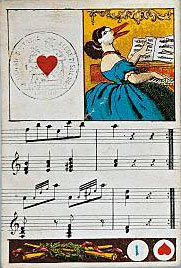
Above: original ace of hearts with tax stamp.
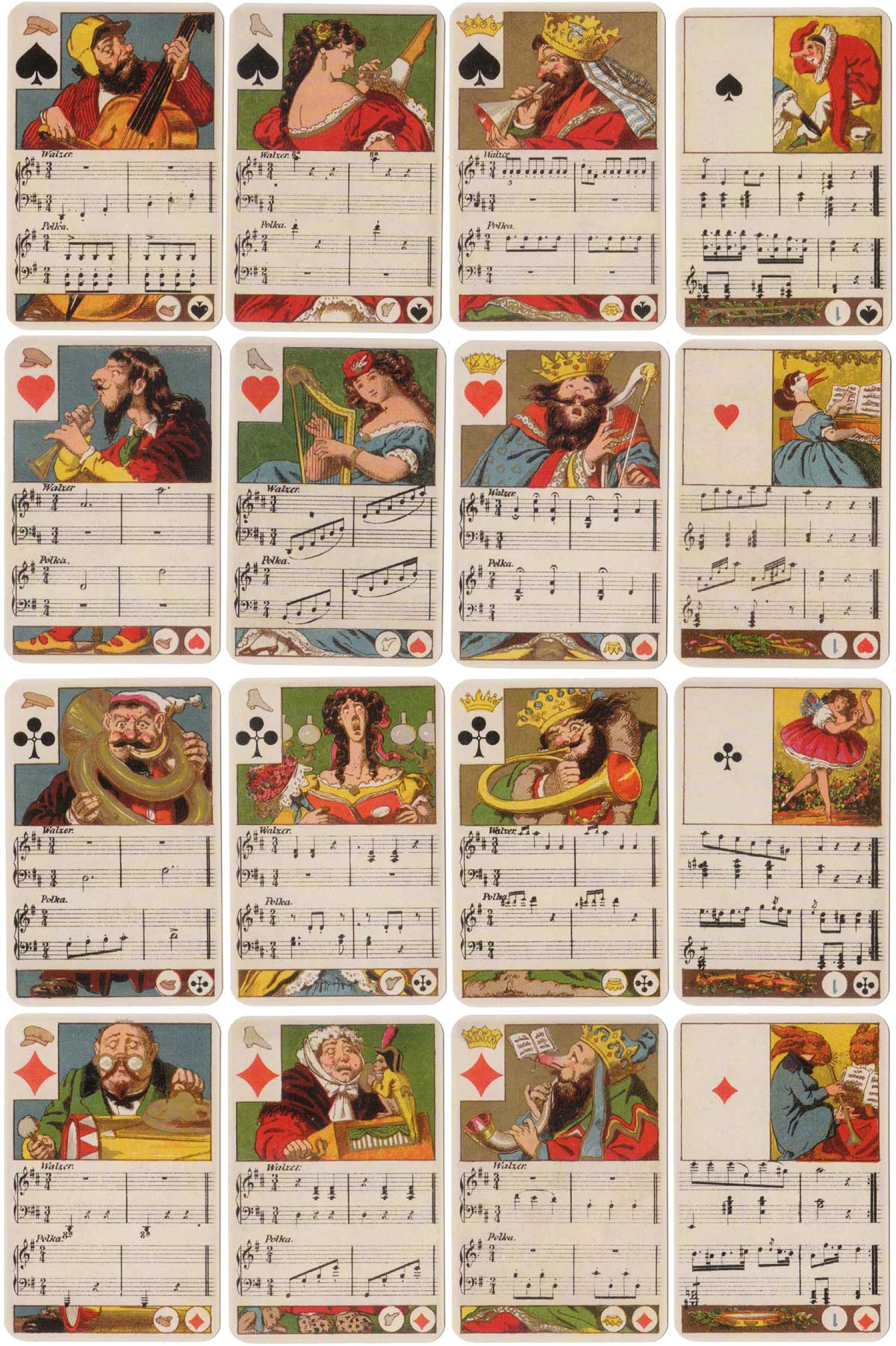
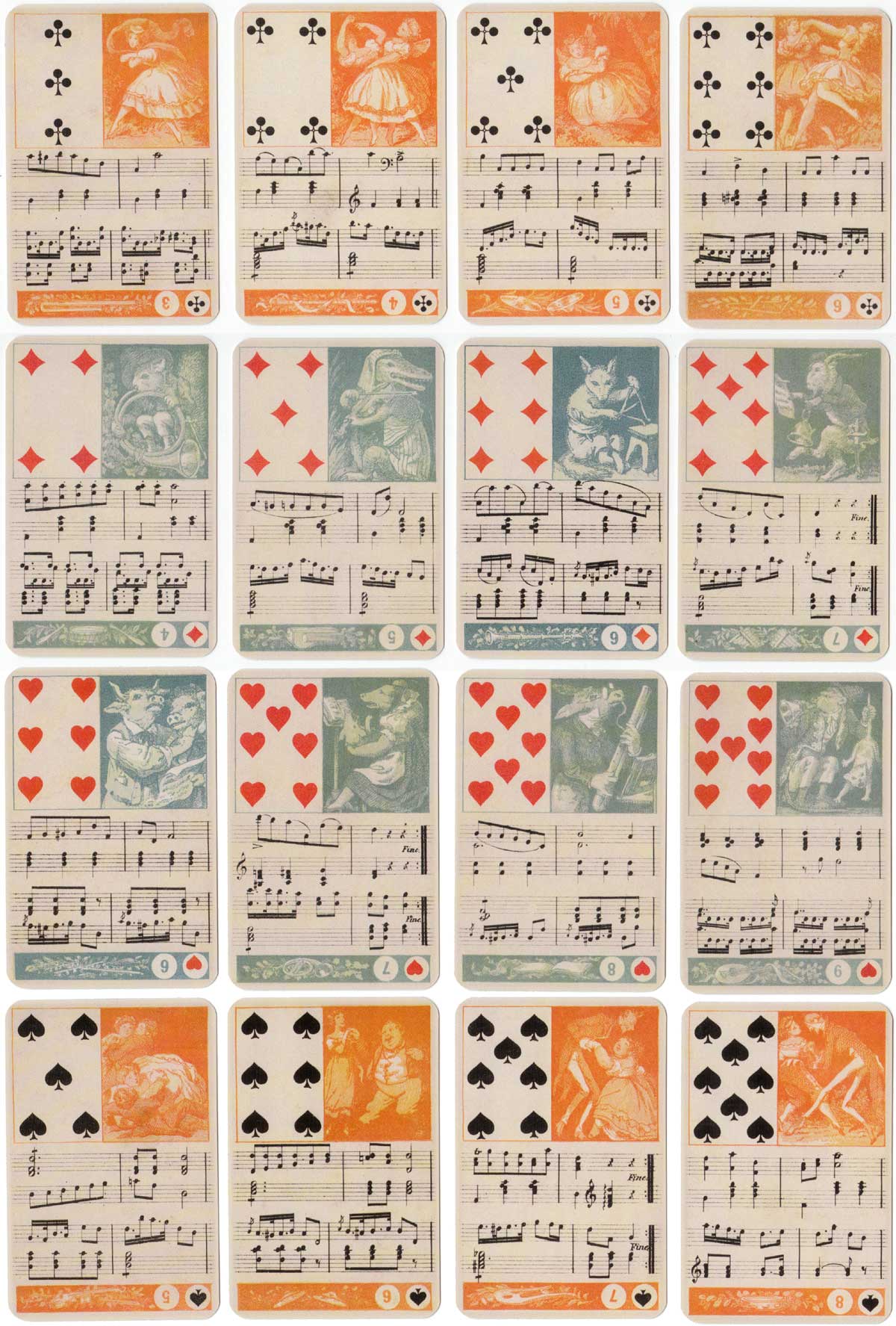
Above: facsimile of Dondorf’s “Musikalisches Kartenspiel” (c.1862) published by Lo Scarabeo, 2004. The facsimile edition contains two jokers plus six extra description cards, not part of the original edition which contained 52 cards only. Images courtesy Rex Pitts.
The artwork appears to be by the same draughtsman who produced Cartes Comiques►
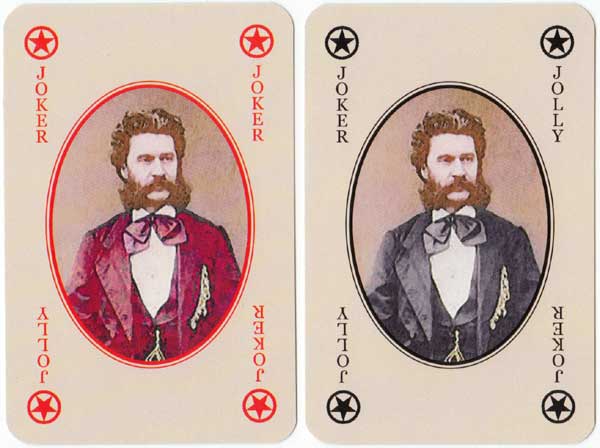
By Rex Pitts (1940-2021)
United Kingdom • Member since January 30, 2009
Rex's main interest was in card games, because, he said, they were cheap and easy to get hold of in his early days of collecting. He is well known for his extensive knowledge of Pepys games and his book is on the bookshelves of many.
His other interest was non-standard playing cards. He also had collections of sheet music, music CDs, models of London buses, London Transport timetables and maps and other objects that intrigued him.
Rex had a chequered career at school. He was expelled twice, on one occasion for smoking! Despite this he trained as a radio engineer and worked for the BBC in the World Service.
Later he moved into sales and worked for a firm that made all kinds of packaging, a job he enjoyed until his retirement. He became an expert on boxes and would always investigate those that held his cards. He could always recognize a box made for Pepys, which were the same as those of Alf Cooke’s Universal Playing Card Company, who printed the card games. This interest changed into an ability to make and mend boxes, which he did with great dexterity. He loved this kind of handicraft work.
His dexterity of hand and eye soon led to his making card games of his own design. He spent hours and hours carefully cutting them out and colouring them by hand.

Leave a Reply
Your Name
Just nowRelated Articles
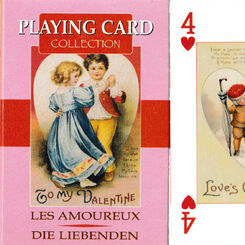
The Lovers playing cards
Reproductions of old postcards with romantic messages for Valentine’s Day.

Portraits of a Lady
Portraits of a Lady by Lo Scarabeo, 2003.
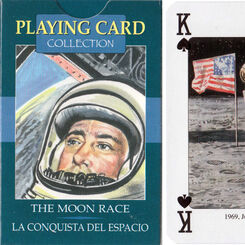
Moon Race
A concise overview of early space exploration illustrated by Giordano Tacconi, 2004.
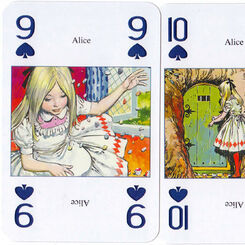
Alice in Wonderland by Jesús Blasco
Alice with artwork by Jesús Blasco, published by Lo Scarabeo, 2003.
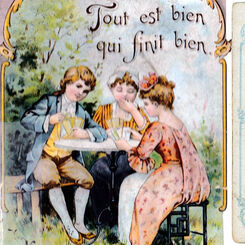
Tout Est Bien Qui Finit Bien
‘Tout Est Bien Qui Finit Bien’ family card game by Dondorf.
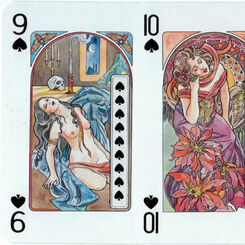
Liberty
Liberty playing cards designed by Antonella Castelli, published by Lo Scarabeo, 2003.
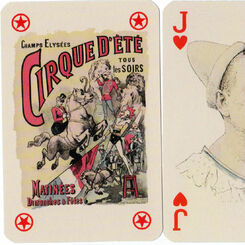
Il Circo
Il Circo illustrated by Jules Garnier, published by Lo Scarabeo, 2004.

William Tell
Facsimile of Swiss William Tell deck from c.1870 published by Lo Scarabeo.
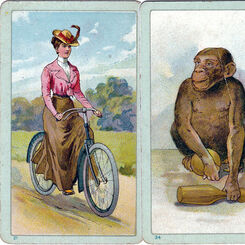
Zwarte Piet
Zwarte Piet by Dondorf for the Dutch market, 1906.
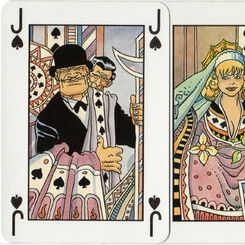
Martin Mystère
Martin Mystère based on the comic book by Alfredo Castelli. The cards were designed by Giancarlo Ale...
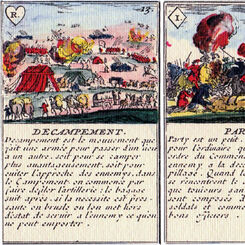
Le Jeu de la Guerre
Facsimile of “Le Jeu de la Guerre” designed by Gilles de la Boissière in 1698.
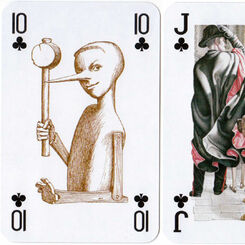
Pinocchio
Pinocchio fairy tale playing cards illustrated by Iassen Ghiuselev for Lo Scarabeo, 2003.
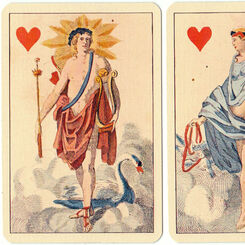
Antike Götter
“Antike Götter” - facsimile of antique playing cards originally manufactured by C. A. Müller, Berlin...
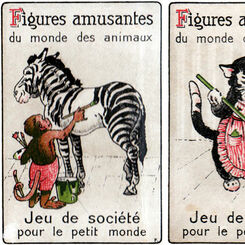
Figures Amusantes
French language edition of a children's quartet game published by B. Dondorf, c.1900, consisting of ...

Pierre l’Ebouriffé
Heinrich Hoffmann (1809-1894) wrote the Struwwelpeter stories in 1847 for his son Carl. The stories ...
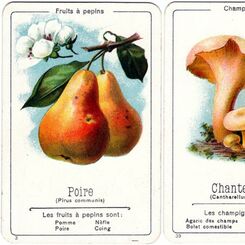
Fruits et Légumes
The beautiful artwork in Dondorf's “Fruits et Légumes” quartet game reminds us of the benefits of na...
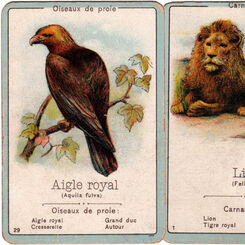
La Zoologie
Dondorf's “La Zoologie” card game no.335 features a collection of 40 chromolithographic prints of sp...
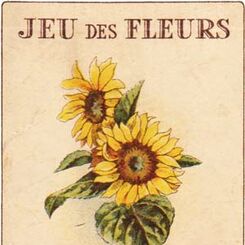
Jeu des Fleurs
Dondorf no.332: ‘Jeu des Fleurs’ French edition
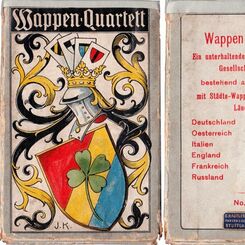
Wappen-Quartett
A coat-of-arms quartet game published by B. Dondorf, c.1900
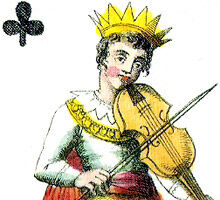
Löschenkohl’s Musical Playing Cards
Johann Hieronymus Löschenkohl (1753-1807) produced a copper engraved deck of playing cards titled “D...
Most Popular
Our top articles from the past 60 days


 Your comment here. Your comment here. Your comment here. Your comment here. Your comment here. Your comment here. Your comment here. Your comment here. Your comment here. Your comment here. Your comment here. Your comment here. Your comment here. Your comment here. Your comment here. Your comment here. Your comment here. Your comment here. Your comment here. Your comment here. Your comment here. Your comment here. Your comment here. Your comment here. Your comment here. Your comment here. Your comment here. Your comment here. Your comment here. Your comment here. Your comment here. Your comment here.
Your comment here. Your comment here. Your comment here. Your comment here. Your comment here. Your comment here. Your comment here. Your comment here. Your comment here. Your comment here. Your comment here. Your comment here. Your comment here. Your comment here. Your comment here. Your comment here. Your comment here. Your comment here. Your comment here. Your comment here. Your comment here. Your comment here. Your comment here. Your comment here. Your comment here. Your comment here. Your comment here. Your comment here. Your comment here. Your comment here. Your comment here. Your comment here.




















